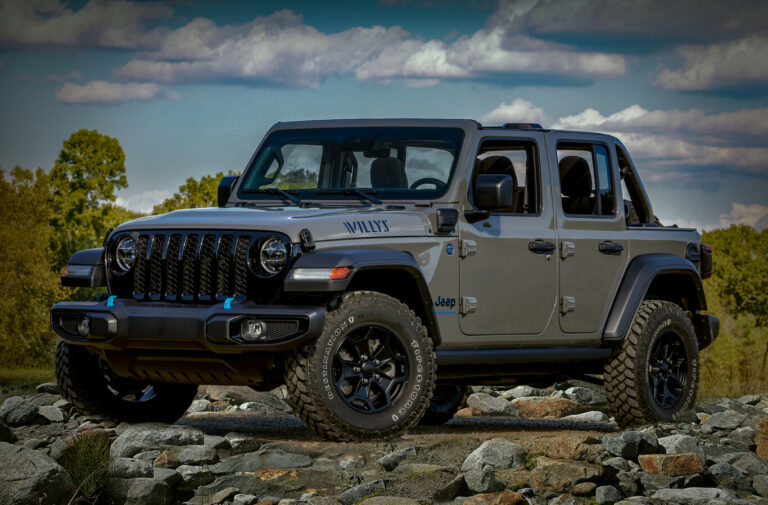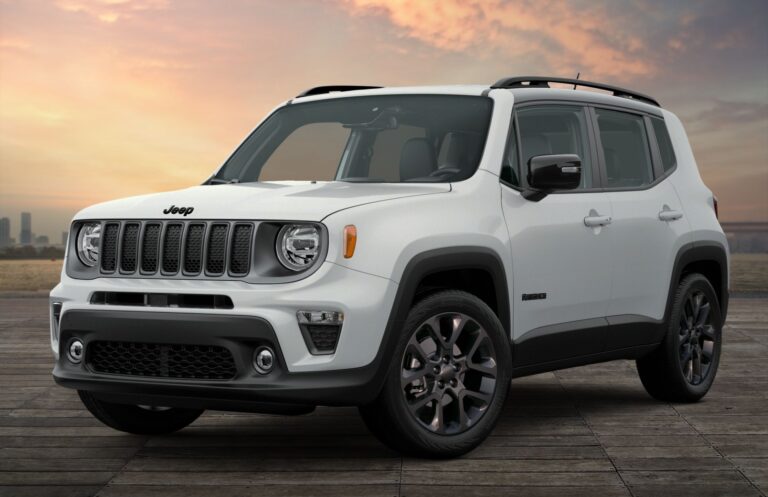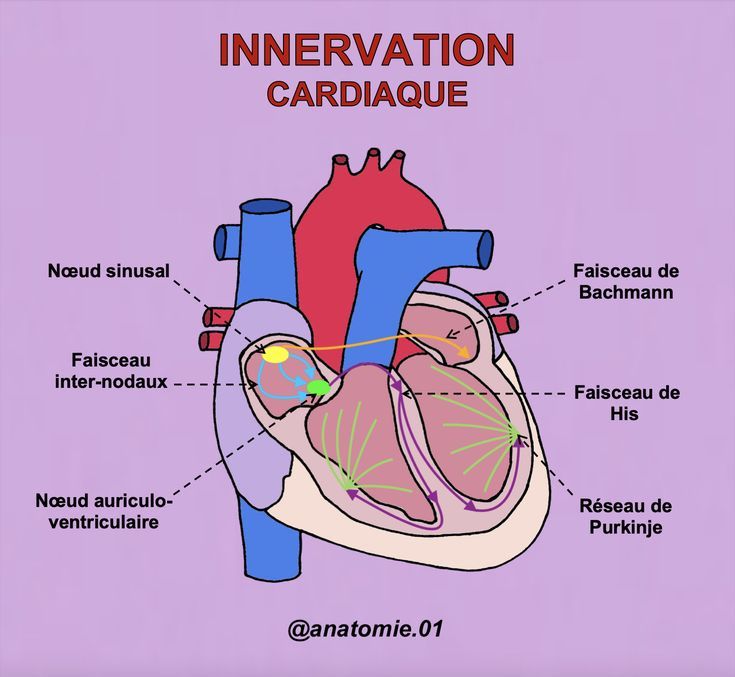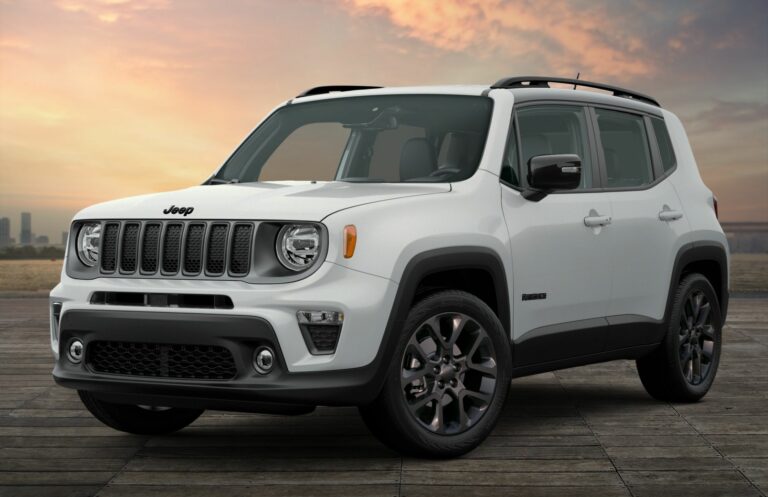Cj Willys Jeep For Sale: Your Comprehensive Guide to Acquiring an Off-Road Icon
Cj Willys Jeep For Sale: Your Comprehensive Guide to Acquiring an Off-Road Icon jeeps.truckstrend.com
The allure of a classic Jeep is undeniable, and few vehicles embody rugged independence and timeless adventure quite like the Cj Willys Jeep. More than just a mode of transport, these iconic machines represent a piece of American history, a spirit of exploration, and a vibrant community of enthusiasts. If you’ve found yourself searching "Cj Willys Jeep For Sale," you’re not just looking for a vehicle; you’re looking for an experience, a project, or perhaps even a return to simpler, more adventurous times. This comprehensive guide will navigate you through everything you need to know about finding, evaluating, and ultimately owning one of these legendary off-road vehicles.
The Enduring Legacy of the CJ Willys Jeep
Cj Willys Jeep For Sale: Your Comprehensive Guide to Acquiring an Off-Road Icon
The term "CJ Willys Jeep" broadly refers to the civilian versions of the military Jeep, starting with the Willys-Overland CJ-2A in 1945 and evolving through various models until the CJ-8 Scrambler ceased production in 1986. While "Willys" specifically refers to the early models (CJ-2A, CJ-3A, CJ-3B, and some early CJ-5s), the "CJ" designation became synonymous with the civilian Jeep line, even after American Motors Corporation (AMC) acquired Jeep in 1970.
These vehicles are celebrated for their simplicity, robust construction, unparalleled off-road capability, and a design that has barely aged a day. Owning a CJ Willys Jeep means more than just having a vehicle; it means becoming a custodian of history, a member of a passionate community, and an inheritor of a legacy built on utility, adventure, and freedom.
Delving Deeper: Understanding the CJ Willys Lineup
Before you jump into the market, it’s crucial to understand the different iterations of the CJ series, as each has its unique characteristics, historical significance, and implications for parts availability and value.
- Willys CJ-2A (1945-1949): The first civilian Jeep, often dubbed the "Universal Jeep." It retained many military features but introduced civilian comforts like a tailgate. Simple, robust, and highly collectible.
- Willys CJ-3A (1949-1953): A slight evolution from the 2A, featuring a one-piece windshield that allowed for better sealing against the elements.
- Willys CJ-3B (1953-1968): Known for its "high-hood" design, necessary to accommodate the new "Hurricane" F-head engine, which offered more power. This model had an incredibly long production run.
- Willys/Kaiser/AMC CJ-5 (1955-1983): One of the longest-running and most popular CJ models. Initially based on the M38A1 military Jeep, the CJ-5 saw numerous engine and transmission changes over its nearly three-decade production, becoming more refined but retaining its classic short-wheelbase charm.
- Willys/Kaiser/AMC CJ-6 (1955-1981): A stretched version of the CJ-5, offering more cargo or passenger space. Less common than the CJ-5, making well-preserved examples more unique.
- AMC CJ-7 (1976-1986): The most modern of the traditional CJs, featuring a slightly longer wheelbase than the CJ-5, which allowed for an automatic transmission and improved ride quality. It’s often a popular choice for those seeking a balance between classic looks and more modern drivability.
- AMC CJ-8 Scrambler (1981-1986): A pickup truck version of the CJ-7, essentially a CJ-7 with an extended wheelbase and a small pickup bed. Highly sought after by collectors due to its rarity and unique utility.

The Benefits of Owning a CJ Willys Jeep
Beyond the sheer joy of driving a classic, owning a CJ Willys Jeep offers a unique set of advantages:
- Unrivaled Off-Road Prowess: From their simple, robust 4×4 systems to their compact dimensions and excellent approach/departure angles, CJs are natural off-roaders.
- Timeless Appeal and Classic Status: These vehicles turn heads wherever they go. They are a statement of rugged individuality and appreciation for automotive history.
- Strong Community and Support: The CJ/Willys community is vast, active, and incredibly supportive. Forums, clubs, and events abound, offering a wealth of knowledge, friendship, and shared adventure.
- Customization Potential: CJs are a blank canvas for modifications. Whether you want to restore it to original glory, build an extreme off-roader, or create a comfortable cruiser, parts and aftermarket support are excellent.
- Potential Investment Value: Well-maintained, original, or professionally restored CJs, especially rarer models like the CJ-8 or early Willys, can appreciate in value over time, making them more than just a hobby.
Your Buying Journey: A Step-by-Step Guide
Acquiring a CJ Willys Jeep requires careful consideration and thorough inspection. Here’s how to approach the process:
-
Research and Define Your Needs:
- Purpose: Will it be a daily driver, a weekend trail rig, a show vehicle, or a restoration project?
- Budget: This includes not just the purchase price but also potential restoration costs, parts, insurance, and maintenance.
- Model Preference: Based on your research of the different CJ models, which one best fits your desires? Do you want a truly vintage Willys or a more "modern" CJ-7?
-
Locate Potential Vehicles:
- Online Marketplaces: Websites like Craigslist, eBay Motors, Facebook Marketplace, and dedicated classic car sites (e.g., Hemmings, Bring a Trailer) are good starting points.
- Specialized Forums & Clubs: Many Jeep clubs and forums have "for sale" sections where enthusiasts sell their vehicles.
- Classic Car Dealerships/Auctions: These often have higher prices but may offer more vetted or restored examples.
-
Thorough Inspection (Critical Step!):
- Rust, Rust, Rust: This is the CJ’s Achilles’ heel. Inspect the frame (especially around the spring hangers, steering box, and body mounts), body tubs (floorboards, rocker panels, rear corners), fenders, and firewall. Surface rust is manageable; extensive rot is a major red flag and costly to repair.
- Frame Integrity: Look for cracks, welds (especially poor ones), or signs of accident damage.
- Engine & Drivetrain: Check for leaks, strange noises, smoke from the exhaust, and overall condition. Test the 4×4 system (high and low range).
- Steering & Suspension: Look for excessive play in the steering, worn ball joints, tie rods, and bushings. Check leaf springs for cracks or sagging.
- Electrical System: Ensure all lights, gauges, and accessories work. Older electrical systems can be finicky.
- Brakes: Test for firm pedal feel and effective stopping.
- Tires: Check tread depth and age.
- Modifications: Understand what modifications have been made. Are they professional or amateur? Do they enhance or detract from the vehicle?
-
The Test Drive:
- Listen for unusual noises from the engine, transmission, and axles.
- Check for smooth shifting.
- Evaluate steering precision and brake performance.
- Pay attention to how it handles bumps and turns. Does it wander? Does it pull?
- Test all gears, including reverse and 4WD.
-
Paperwork and Due Diligence:
- Ensure the title is clean, matches the VIN on the vehicle, and is in the seller’s name. Avoid vehicles without a clear title.
- Bill of Sale: Get a detailed bill of sale with vehicle information, purchase price, and seller/buyer details.
- Service Records: If available, review past maintenance and repair history.
Important Considerations When Buying a CJ Willys Jeep
- Condition vs. Cost: A pristine, restored CJ will command a premium. A "project" will be cheaper upfront but can quickly become a money pit if you’re not prepared for extensive work. Be realistic about your skills, time, and budget for restoration.
- Parts Availability: Generally, parts for CJs are readily available, thanks to a robust aftermarket and a strong enthusiast community. However, some specific original Willys components might be harder to source.
- Safety: Remember, these are older vehicles. They lack modern safety features like airbags, ABS, and crumple zones. Consider upgrading seatbelts, brakes, and potentially adding a roll cage if you plan serious off-roading.
- Insurance: Obtain classic car insurance if possible, as it often provides better coverage and rates for collector vehicles.
- Storage: CJs, especially if restored, need proper storage to protect them from the elements and rust.
Potential Challenges and Solutions
- Extensive Rust:
- Challenge: Can compromise structural integrity and be very costly to repair.
- Solution: Avoid heavily rusted vehicles unless you’re a skilled welder with a dedicated restoration budget. Focus on vehicles with minimal frame rust.
- Mechanical Gremlins:
- Challenge: Older engines and drivetrains can have various issues (leaks, worn components, carb problems).
- Solution: Budget for repairs or consider an engine/transmission swap if you desire more modern reliability. Learn basic mechanics or find a trusted mechanic specializing in older vehicles.
- Outdated Technology (e.g., Drum Brakes):
- Challenge: Can affect daily drivability and safety.
- Solution: Many aftermarket kits exist to upgrade to disc brakes, power steering, and modern electrical systems.
- Lack of Modern Comforts:
- Challenge: No A/C, loud cabins, rougher ride.
- Solution: Embrace the classic experience! Or, for more comfort, explore aftermarket sound deadening, upgraded seats, and auxiliary heaters.
Estimated Price Guide for CJ Willys Jeeps For Sale
Prices for CJ Willys Jeeps vary wildly based on year, model, original features, modifications, and most importantly, condition and location. The table below provides a general range and should only be used as a preliminary guide. Always conduct thorough research on current market trends before making an offer.
| CJ Model | Production Years | Typical Condition | Estimated Price Range (USD) | Notes |
|---|---|---|---|---|
| Willys CJ-2A | 1945-1949 | Project/Parts | $3,000 – $8,000 | Early, highly original examples command more. |
| Running Driver | $8,000 – $18,000 | Good for light use, may need work. | ||
| Restored/Show | $18,000 – $40,000+ | Pristine, historically accurate restorations. | ||
| Willys CJ-3A | 1949-1953 | Project/Parts | $2,500 – $7,000 | Similar to 2A, slightly less common. |
| Running Driver | $7,000 – $16,000 | |||
| Restored/Show | $16,000 – $35,000+ | |||
| Willys CJ-3B | 1953-1968 | Project/Parts | $2,000 – $6,000 | "High Hood" model, robust. |
| Running Driver | $6,000 – $15,000 | |||
| Restored/Show | $15,000 – $30,000+ | |||
| CJ-5 (Early Willys/Kaiser) | 1955-1971 | Project/Parts | $2,000 – $7,000 | Varies greatly by engine (F-head, Dauntless V6). |
| Running Driver | $7,000 – $18,000 | |||
| Restored/Show | $18,000 – $35,000+ | |||
| CJ-5 (AMC Era) | 1972-1983 | Project/Parts | $1,500 – $6,000 | More common, broader range of conditions. |
| Running Driver | $6,000 – $15,000 | |||
| Restored/Show | $15,000 – $28,000+ | |||
| CJ-6 | 1955-1981 | Project/Parts | $3,000 – $10,000 | Rarity increases value, especially in good shape. |
| Running Driver | $10,000 – $25,000 | |||
| Restored/Show | $25,000 – $50,000+ | |||
| CJ-7 | 1976-1986 | Project/Parts | $2,000 – $8,000 | Most common and often easiest to find parts for. |
| Running Driver | $8,000 – $20,000 | |||
| Restored/Show | $20,000 – $45,000+ | Highly desirable models (e.g., Laredo, Renegade) in good condition command top dollar. | ||
| CJ-8 Scrambler | 1981-1986 | Project/Parts | $5,000 – $15,000 | Rarest and most sought-after CJ. |
| Running Driver | $15,000 – $40,000 | |||
| Restored/Show | $40,000 – $75,000+ | Exceptionally clean or original examples can exceed this. |
Disclaimer: These are rough estimates. Actual prices depend heavily on location, vehicle history, originality, modifications, and market demand at the time of sale. Always verify condition independently.
Frequently Asked Questions (FAQ) About CJ Willys Jeeps
Q1: Are CJ Willys Jeeps reliable for daily driving?
A1: While a well-maintained or restored CJ can be a reliable vehicle, they lack modern comforts and safety features. They are generally not ideal for long commutes or highway driving due to their age, lack of sound deadening, and often rougher ride. Many owners use them as weekend cruisers or off-road vehicles.
Q2: What’s the best CJ model to buy?
A2: The "best" model depends on your priorities.
- For collectibility and historical value, early Willys CJ-2A, CJ-3A, CJ-3B, or a CJ-8 Scrambler are top choices.
- For a balance of classic looks and relative comfort/drivability, the CJ-7 is often recommended due to its slightly longer wheelbase and availability of features like automatic transmissions.
- For pure off-road capability and classic short-wheelbase charm, the CJ-5 is a favorite.
Q3: Are parts hard to find for CJ Willys Jeeps?
A3: For most CJ models (especially CJ-5s and CJ-7s), parts are surprisingly abundant thanks to a strong aftermarket industry. Many original style replacement parts are also reproduced. Earlier Willys models (CJ-2A, 3A, 3B) might have slightly fewer reproduction parts, but core mechanical components are often still available.
Q4: How much does it cost to restore a CJ Willys Jeep?
A4: Restoration costs vary immensely. A full, professional, frame-off restoration can easily cost $20,000 to $50,000+, sometimes more for rare models or custom work. A DIY restoration can significantly reduce labor costs but still requires substantial investment in parts, materials, and specialized tools. Be realistic about your budget and skills.
Q5: What are the main differences between Willys CJs and AMC CJs?
A5: The main differences lie in the ownership and production eras, which influenced design and available engines.
- Willys CJs (CJ-2A, 3A, 3B, early 5/6): Produced by Willys-Overland or Kaiser-Jeep. Known for their flat-fender (early models) or round-fender (CJ-5/6) designs, and typically had less powerful engines like the Go-Devil flathead or Hurricane F-head. Simpler, more utilitarian.
- AMC CJs (later 5/6, 7, 8): Produced after American Motors Corporation acquired Jeep. These models saw the introduction of more powerful engines (like AMC’s inline-six and V8s), more comfortable interiors, wider track axles (for better stability), and improved drivetrains. The CJ-7 also featured a slightly longer wheelbase than the CJ-5.
Conclusion
The pursuit of a Cj Willys Jeep for sale is more than just a transaction; it’s the beginning of a passion project, an entry into a welcoming community, and an investment in a piece of automotive history. Whether you’re seeking a rugged off-road companion, a charming classic cruiser, or a rewarding restoration challenge, the CJ Willys series offers an unparalleled blend of character, capability, and timeless appeal. By conducting thorough research, exercising diligent inspection, and being realistic about your commitment, you can successfully acquire and cherish one of these truly iconic vehicles for years to come. The open road, or rather, the open trail, awaits.




